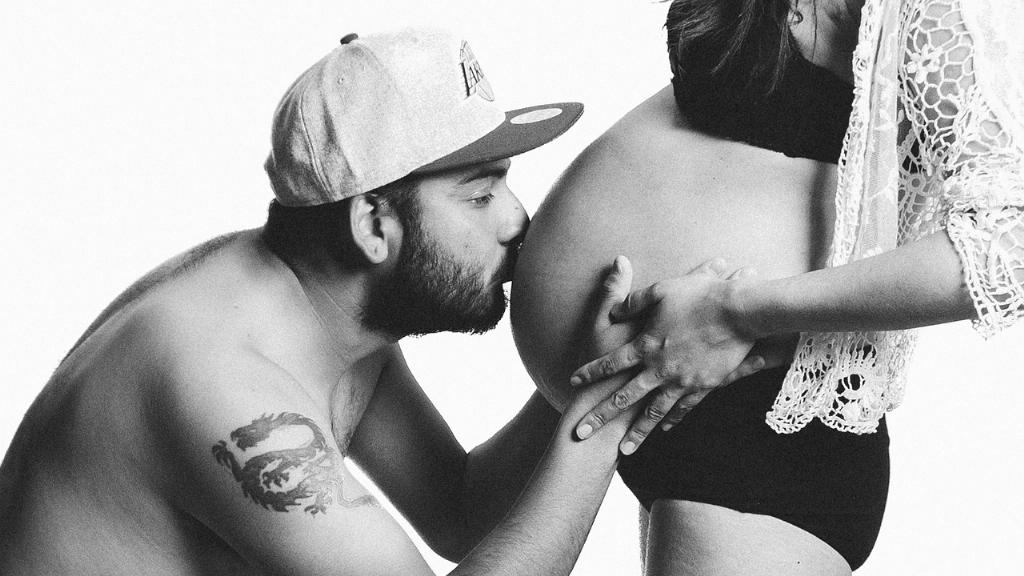Experiencing early contractions can be a mix of emotions and sensations as your body prepares for the arrival of your little one. It’s essential to be aware of the signs and symptoms to ensure a smooth and safe labor and delivery process.
Various Experiences:
Every individual may experience contractions differently. Some may feel them as mild period-like cramps in the lower abdomen, while others might perceive them as back pain that doesn’t dissipate. Additionally, some may feel the discomfort in their inner thighs, radiating down their legs.
Intensity and Frequency:
Early contractions can vary in intensity and frequency. Initially, they may be sporadic and mild, lasting for a short duration and occurring up to 30 minutes apart. As labor progresses, these contractions may become more regular, intense, and closer together.
Location of Discomfort:
The discomfort during early contractions typically focuses on the lower abdomen and pelvic region. You may feel a tightening or pressure in these areas, signaling the onset of contractions as your body readies itself for childbirth.
Comparing Sensations:
Some individuals liken the sensation of early contractions to menstrual cramps, while others describe it as a persistent ache or dull pain. It’s crucial to pay attention to how your body reacts and communicates during this stage of pregnancy.
Back Pain and Leg Discomfort:
In addition to abdominal discomfort, early contractions can manifest as lower back pain that doesn’t ease with a change in position. You might also experience pain in your inner thighs, which could extend down your legs, adding to the overall discomfort.
Timing and Duration:
Timing and duration play a crucial role in distinguishing early contractions from false alarms. While these contractions may start off irregularly and with varying lengths, true labor contractions tend to become more consistent, longer, and more intense over time.
Physical and Emotional Preparedness:
As you experience early contractions, it’s essential to prepare yourself physically and emotionally for the labor ahead. Engage in relaxation techniques, breathing exercises, and seek support from your healthcare provider to navigate through this phase smoothly.
Monitoring Symptoms:
Keep a close eye on the symptoms and sensations accompanying early contractions. Note any changes in frequency, intensity, or associated symptoms like leaking of amniotic fluid, vaginal bleeding, or decreased fetal movement, as these could indicate a more serious issue.
Seeking Guidance:
If you’re unsure about the sensations you’re experiencing or have concerns about the contractions, don’t hesitate to reach out to your healthcare provider. They can assess your condition, provide guidance, and offer reassurance during this potentially uncertain time.
Staying Informed:
Education and awareness about the signs of early contractions play a crucial role in ensuring a safe and healthy delivery. By staying informed and proactive, you can take the necessary steps to prepare for labor, address any concerns, and embrace the upcoming journey of bringing new life into the world.
Embracing the Process:
While early contractions may bring about discomfort and anticipation, they also signify the remarkable journey of childbirth and the impending arrival of your baby. Embrace the process, trust in your body’s abilities, and look forward to the transformative experience of welcoming your little one into the world.

